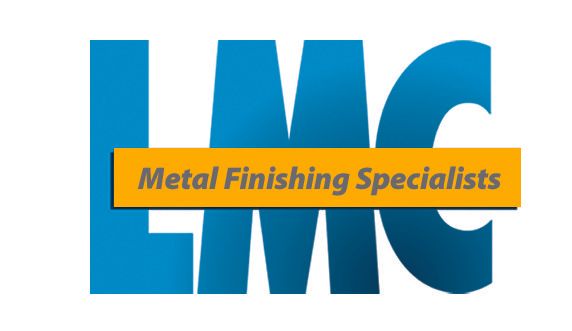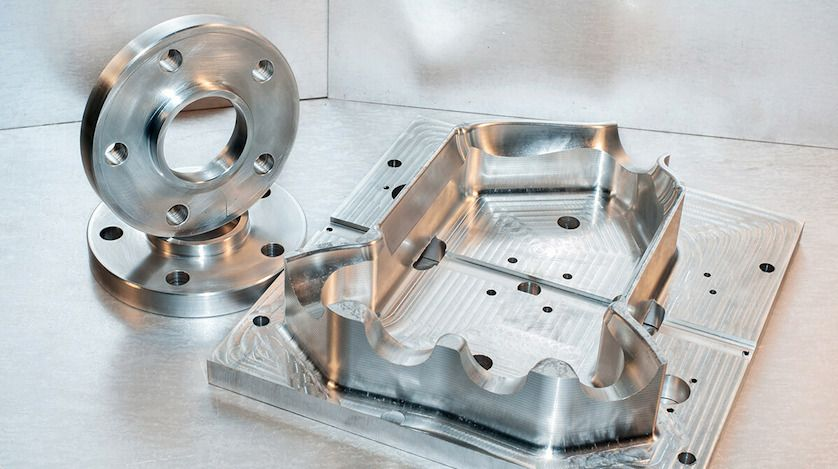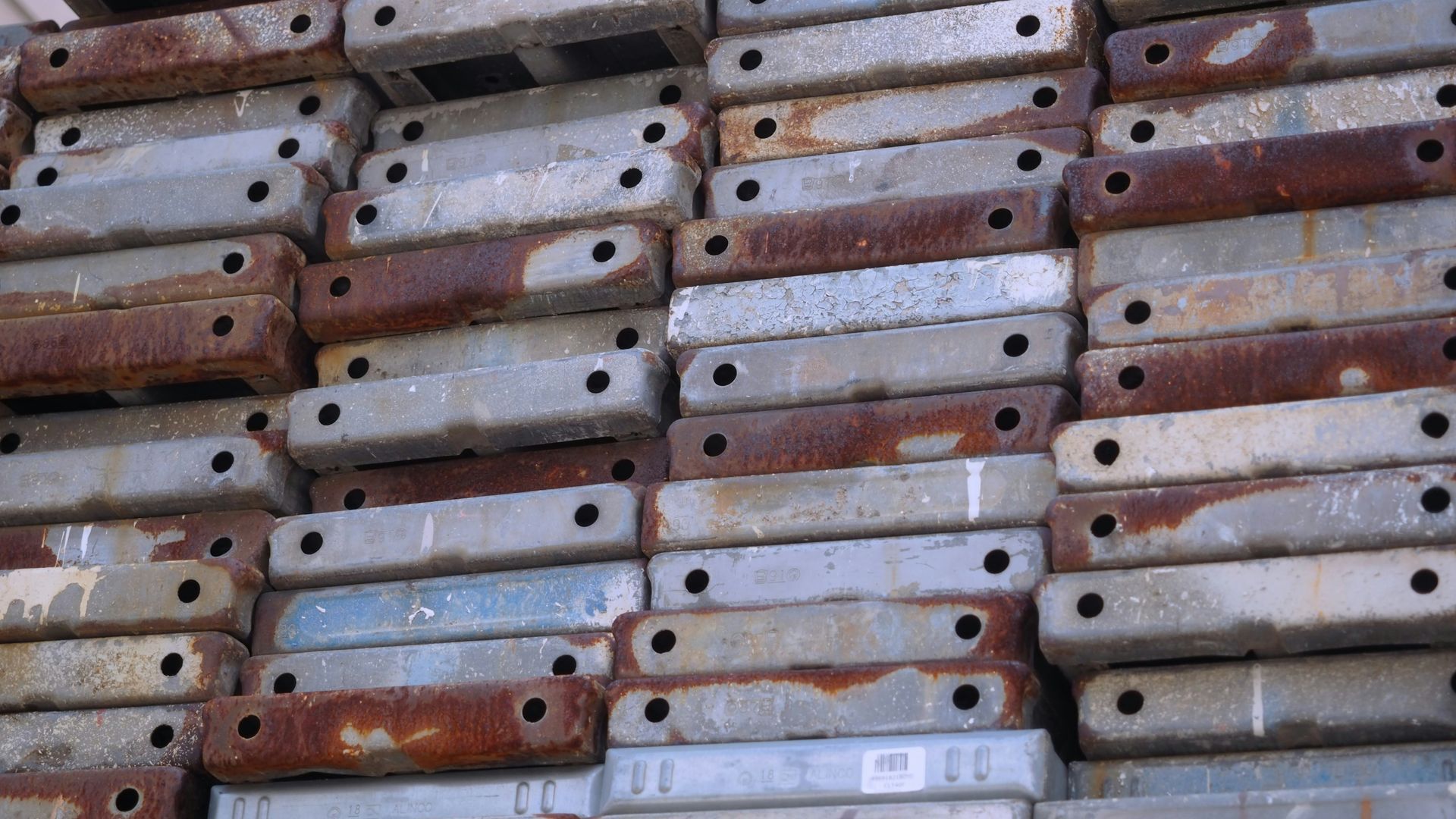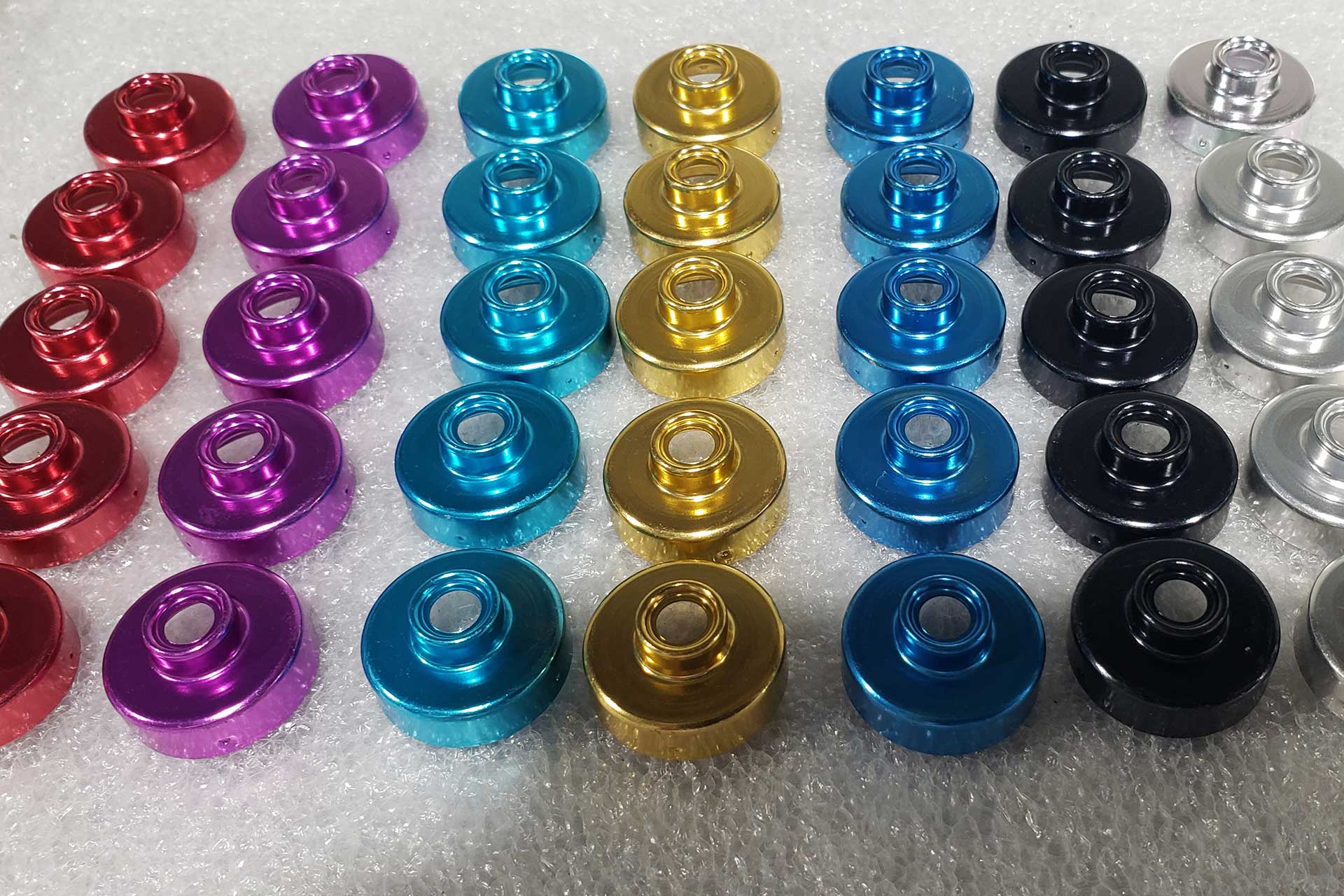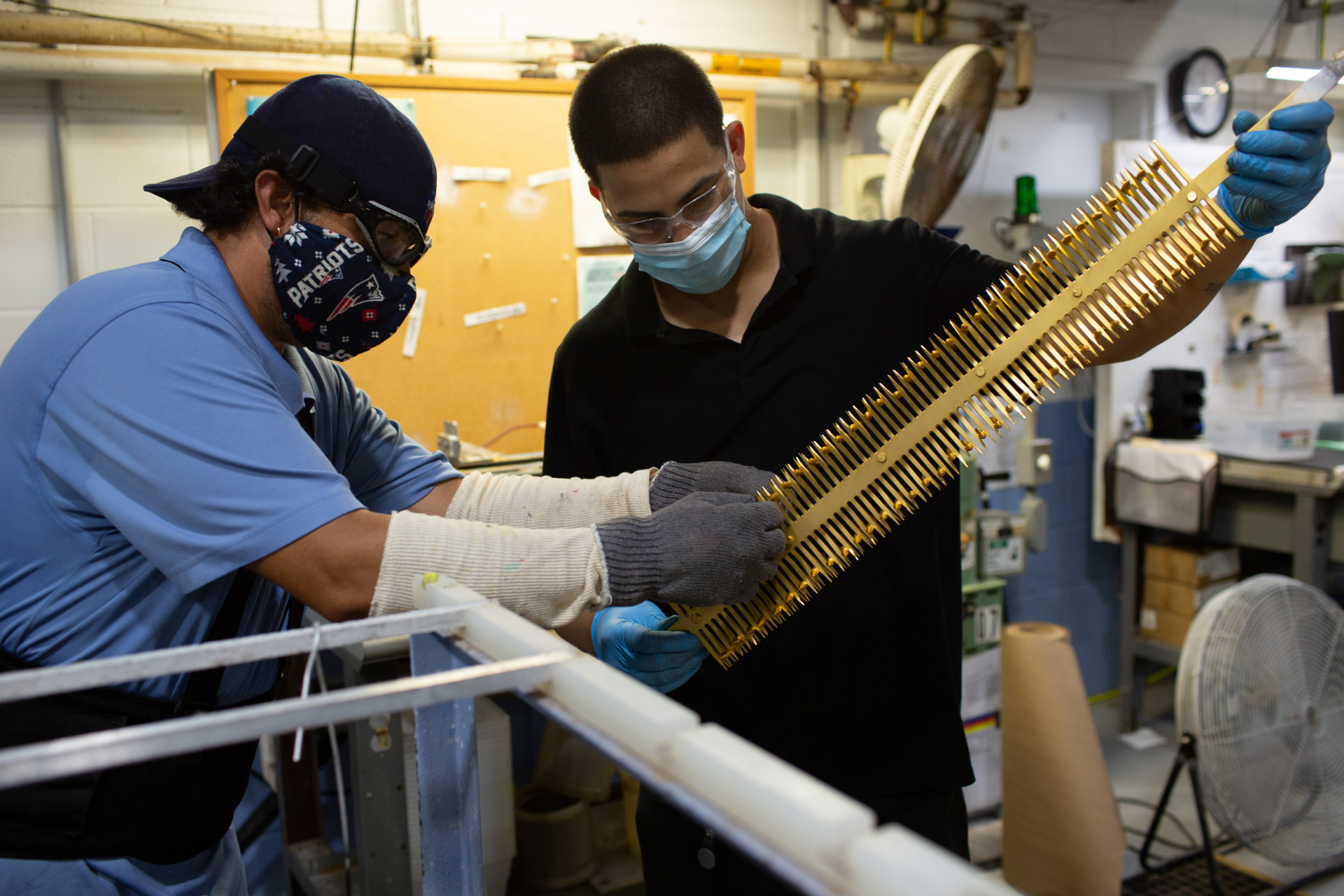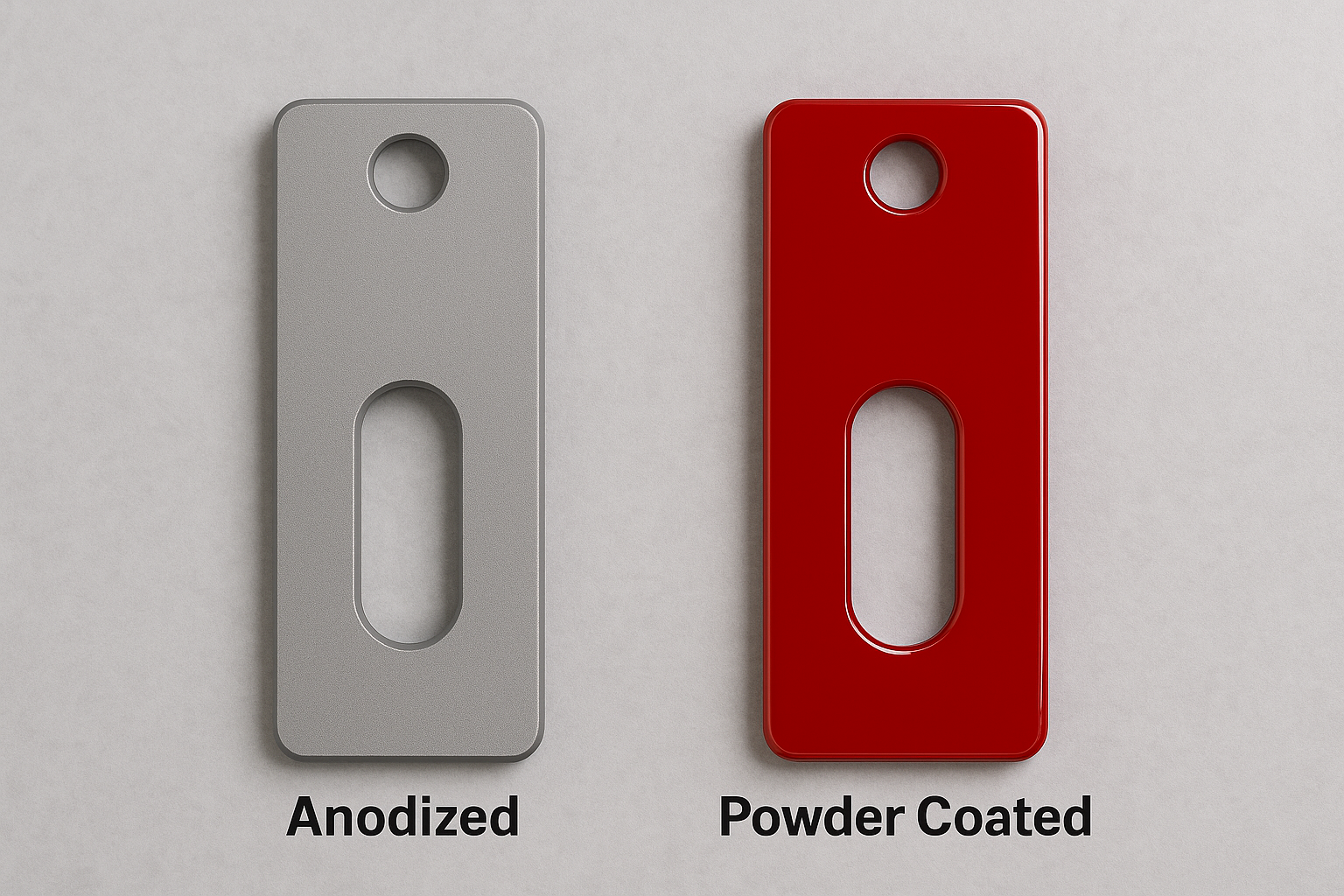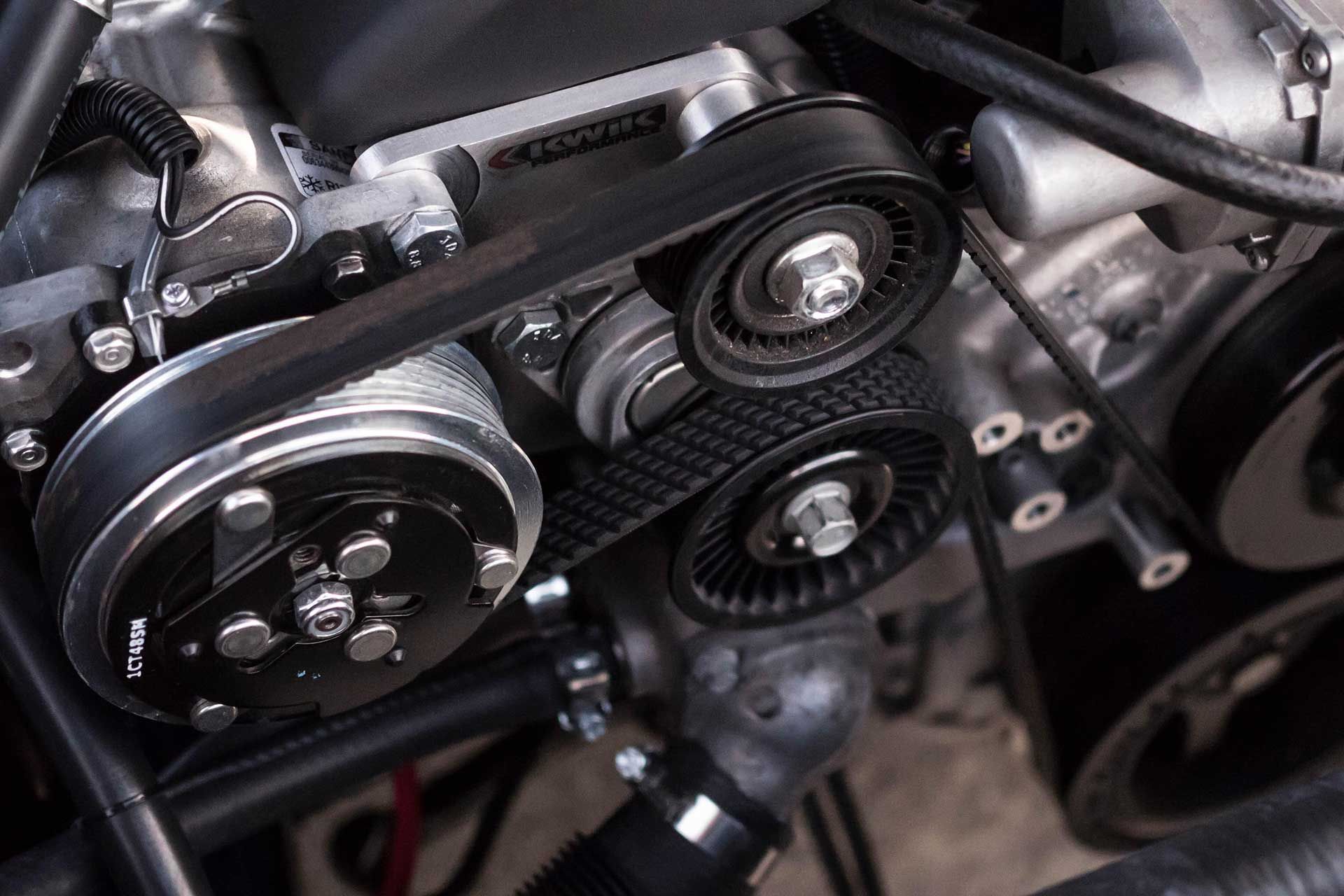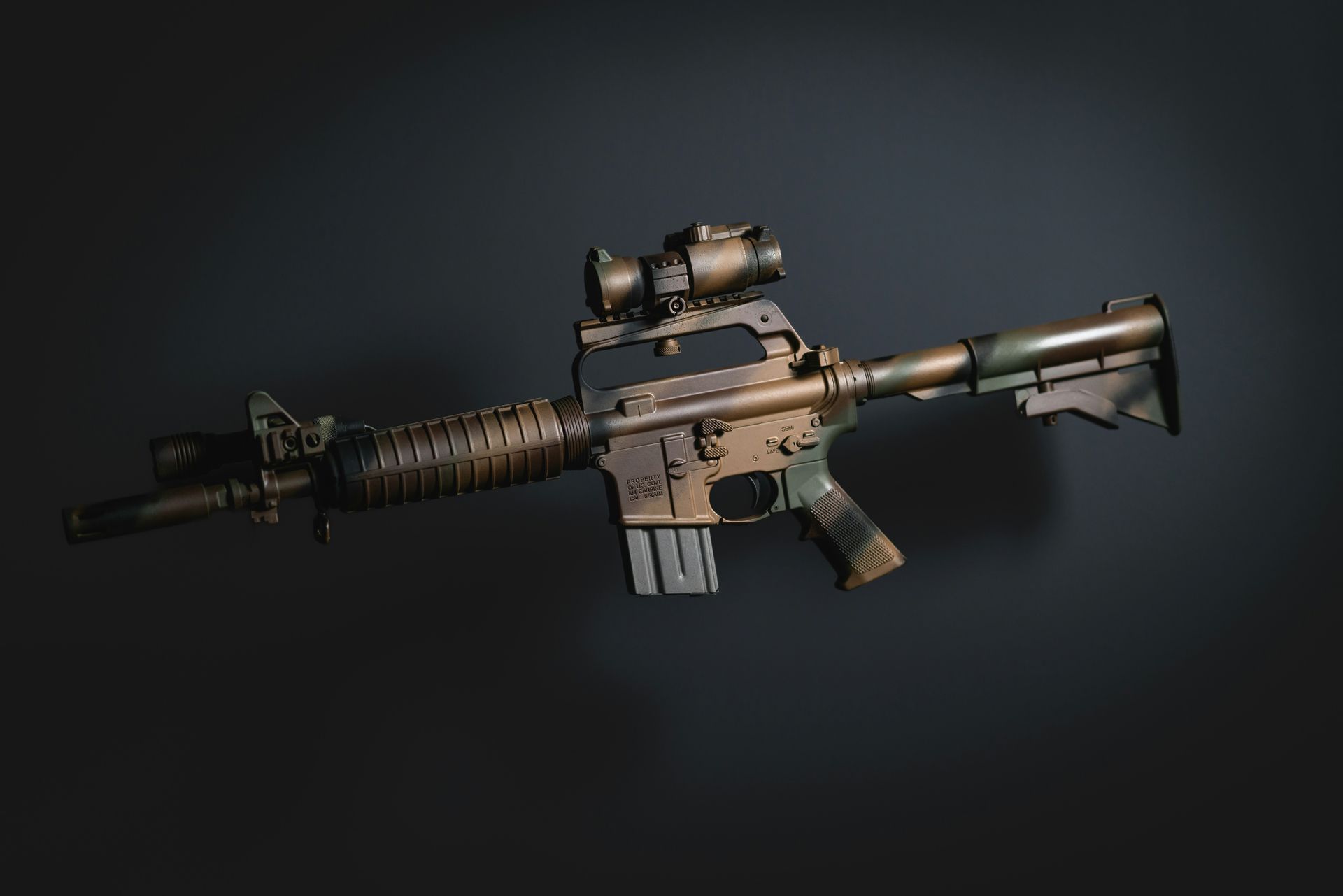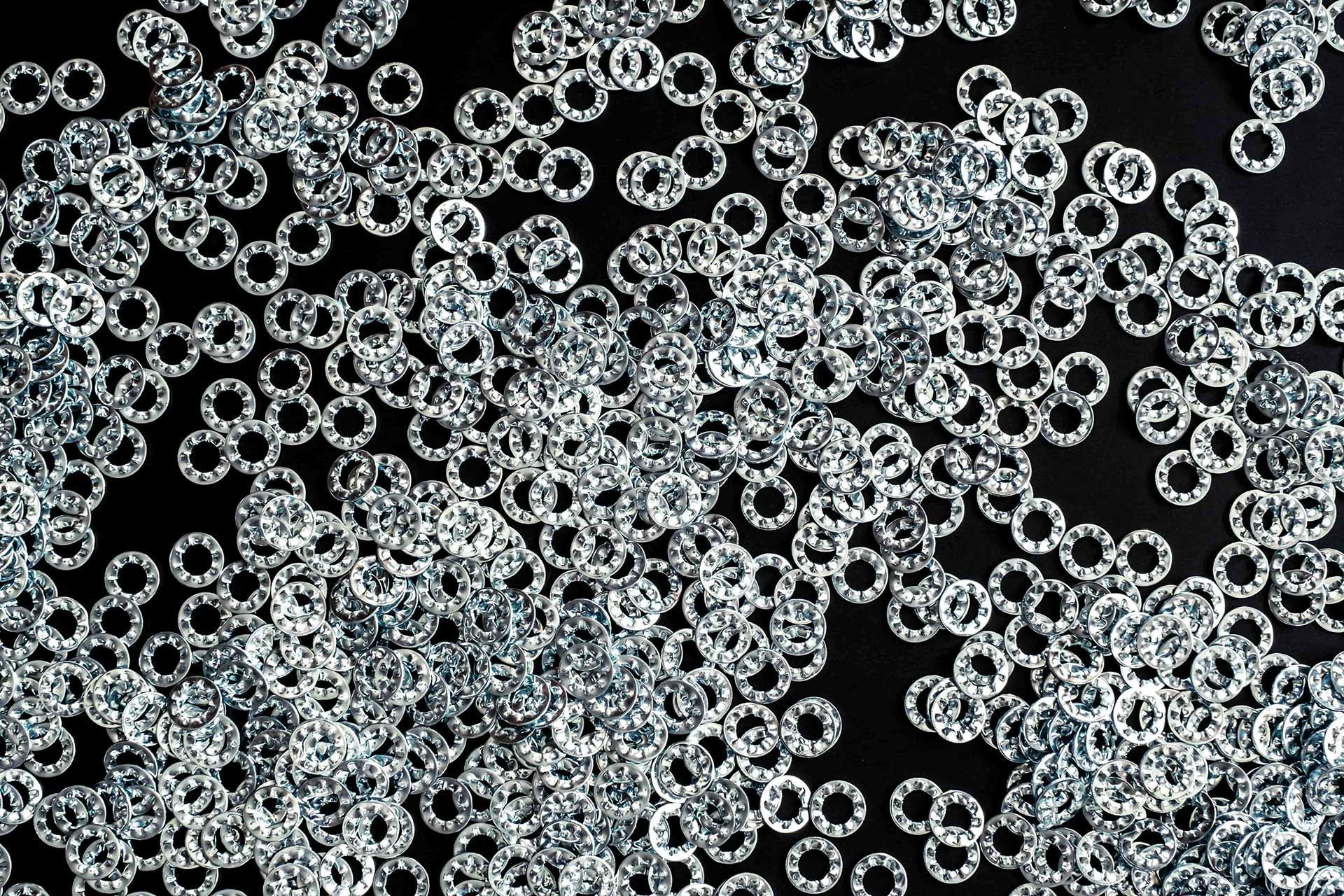Cerakote vs. Anodized: The Ultimate Firearm Finish Comparison
Choosing the right finish for your firearm is more than just an aesthetic decision—it’s about durability, protection, and enhancing the overall performance of your equipment. In the vast world of firearm finishes, two names consistently rise to the top: Cerakote and anodizing. These finishing methods offer distinct advantages, but making the optimal choice requires understanding their characteristics.
In this article, we’ll break down the features of Cerakote and anodizing, highlighting their strengths and best applications. We’ll also dive into the science behind these finishes, providing a deeper understanding of their unique properties. By the end, you’ll have the insights needed to confidently choose the perfect finish for your firearm, ensuring longevity, reliability, and a touch of personal style.
What is Anodizing?
Anodizing is an electrochemical process that converts the metal surface into a decorative, durable, corrosion-resistant finish. The anodic oxide structure starts from the surface of the aluminum and both penetrates the base material and builds coating on the part. This transformation not only enhances the metal’s natural beauty, but also amplifies its resistance to external factors. This ensures a bond that’s hard to break and offers excellent protection against wear and tear, making it a preferred choice for various industries.
For more on anodizing, especially its application in the firearms industry,
click here.
What Is Cerakote?
Cerakote is a ceramic-based finish that can be applied to a diverse range of materials, including metals, plastics, polymers, and wood. Its primary use is to enhance a range of physical performance properties, such as abrasion/wear resistance, corrosion resistance, chemical resistance, and UV stability. Beyond its functional benefits, Cerakote is also celebrated for its aesthetic versatility. It’s a popular choice for firearms due to its ability to withstand high temperatures, making it especially suitable for parts that experience rapid heating and cooling. Its unique formulation ensures that the finish remains vibrant and doesn’t fade over time, even under harsh environmental conditions.
Key Differences Between Popular Firearm Finishes
As you stand at the crossroads of firearm finishes, understanding the key disparities between Cerakote and anodizing becomes critical. Let’s take a look at some of the key differences between the two:
Color Options
When it comes to color options, anodized finishes stand out with their vibrant range. The color palette for anodized aluminum, especially for firearms, can be explored in detail on our website. This method offers a finish that can dyed many different colors that resists corrosion and UV degradation. On the other hand, Cerakote is renowned for its vast array of hues and its ability to create custom colors, making it a favorite for those looking for a personalized touch. Its versatility in color customization allows firearm enthusiasts to achieve the exact look they desire.
Durability
In terms of durability, anodized finishes create a hard surface that’s resistant to corrosion and wear. The unique aspect of anodizing is that the process ensures the coating is integrated with the underlying aluminum, forming a robust bond. This integration means the finish is less likely to peel or chip away, ensuring longevity. Cerakote, while also offering durability, is a topical finish. This characteristic means it sits atop the surface, which can make it more susceptible to chipping under extreme conditions. However, when applied correctly, Cerakote provides a resilient layer that can withstand significant abuse.
Common Applications of Each Finish
Regarding common applications, anodized finishes are not just limited to firearms. They are widely used in the aerospace, automotive, and architectural sectors, showcasing their versatility and reliability across industries. If you’re interested in learning more about our anodizing services, you can visit our dedicated page. Cerakote, while predominantly a choice for firearms, also finds its place in automotive and industrial applications. Its resistance to high temperatures and chemical exposure makes it a preferred choice in environments that demand high-performance coatings.
Performance Comparison Between Cerakote and Anodized Finishes
Cerakote and anodized finishes each offer durable protection, but they do so through different mechanisms. Anodizing forms an oxide layer that is integral to the aluminum surface, resulting in a hard, wear-resistant finish that holds up well in high-friction or high-use environments. This bonded structure reduces the likelihood of peeling or chipping over time. Cerakote, a ceramic-based coating, is applied to the surface and provides a consistent barrier against environmental factors.
Overall, both finishes perform reliably, and the right choice depends on the specific demands of the firearm and its intended use.
How To Choose The Right Finish for Your Firearm
Selecting between Cerakote and anodized finishes depends on several factors:
- Purpose of Use: If you’re aiming for a decorative piece or a firearm that stands out, Cerakote’s vast array of hues and custom color options might be more appealing. On the other hand, if you’re looking for a finish for industrial or everyday use, anodizing’s durability and resistance might be more suitable.
- Longevity and Maintenance: Anodized finishes, being integrated with the material, typically require less maintenance and offer longer-lasting protection against wear and tear. Cerakote, being a topical finish, might need occasional touch-ups, especially if the firearm is subjected to extreme conditions.
- Environmental Exposure: If your firearm is frequently exposed to harsh environmental conditions, consider the corrosion resistance of anodized finishes. While Cerakote also offers protection, the nature of its application might make it slightly more vulnerable over time.
- Budget Considerations: While both finishes are investments in the longevity and appearance of your firearm, there might be cost differences based on the complexity of the application and the desired outcome. It’s essential to get quotes and understand the value each finish brings in the long run.
By considering these factors, you can make an informed decision that aligns with both your functional needs and aesthetic preferences.
Remember, while LMC specializes in anodizing, understanding the nuances between Cerakote and anodized finishes showcases our commitment to industry expertise. Whatever you choose, ensure it aligns with your firearm's intended use and desired appearance. Feel free to
reach out to our team with any questions regarding your firearm anodizing needs.
Frequently Asked Questions
Can I use both Cerakote and Anodizing together?
Yes. Cerakote can be successfully applied over anodized aluminum, especially if the surface is properly prepped (e.g., blasted to etch the anodized layer). This helps the coating adhere reliably.
Can applying Cerakote or anodizing alter critical tolerances on precision firearm components?
Anodizing adds minimal depth as the oxide layer grows into and out of the aluminum but is generally negligible in tight-tolerance areas. Cerakote adds a thin ceramic layer that may affect fit if too thickly applied or improperly applied.
How do Type II and Type III anodizing compare in durability and color options?
Type II anodizing offers more color variety but less thickness and wear resistance. Type III (hardcoat) is thicker and significantly more abrasion-resistant, though color options are mainly limited to darker shades or black.
Which finish tends to require less long‑term maintenance: Cerakote or anodized finishes?
Anodized finishes often need less maintenance because the oxide layer is integrated into the metal and resists peeling or flaking. Cerakote is durable, but as a topcoat, it may require occasional touch-ups depending on wear level and environmental exposure.
Which method offers better resistance in corrosive or chemical environments?
Both finishes resist corrosion effectively. Cerakote provides a high barrier against moisture and chemicals, while anodizing’s corrosion performance depends on proper sealing and the thickness of the oxide layer.
